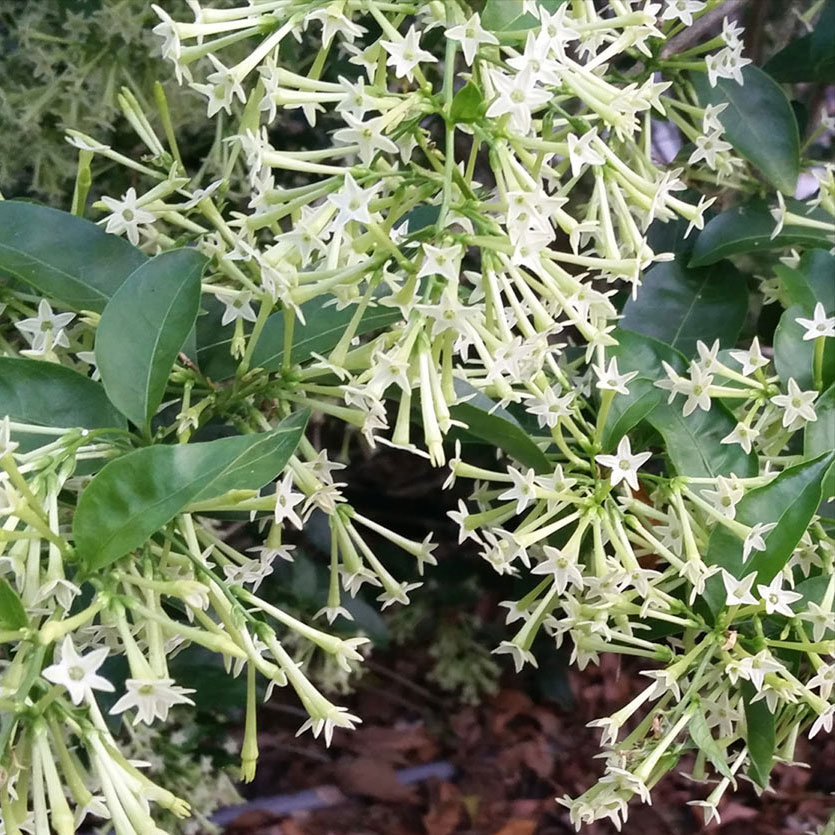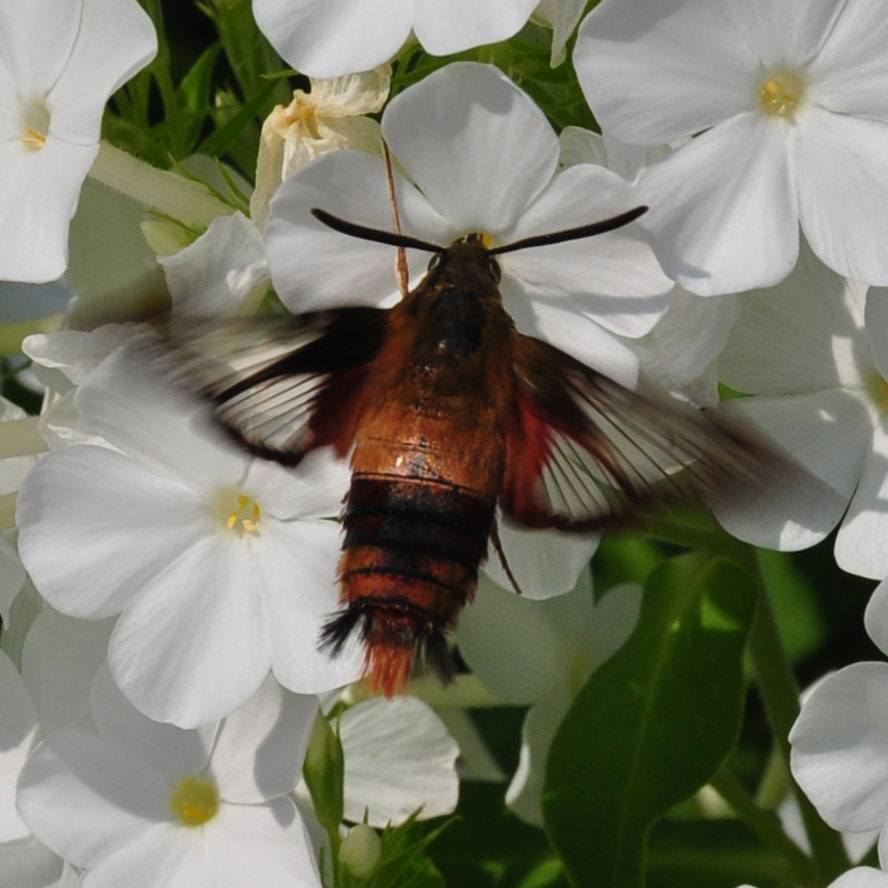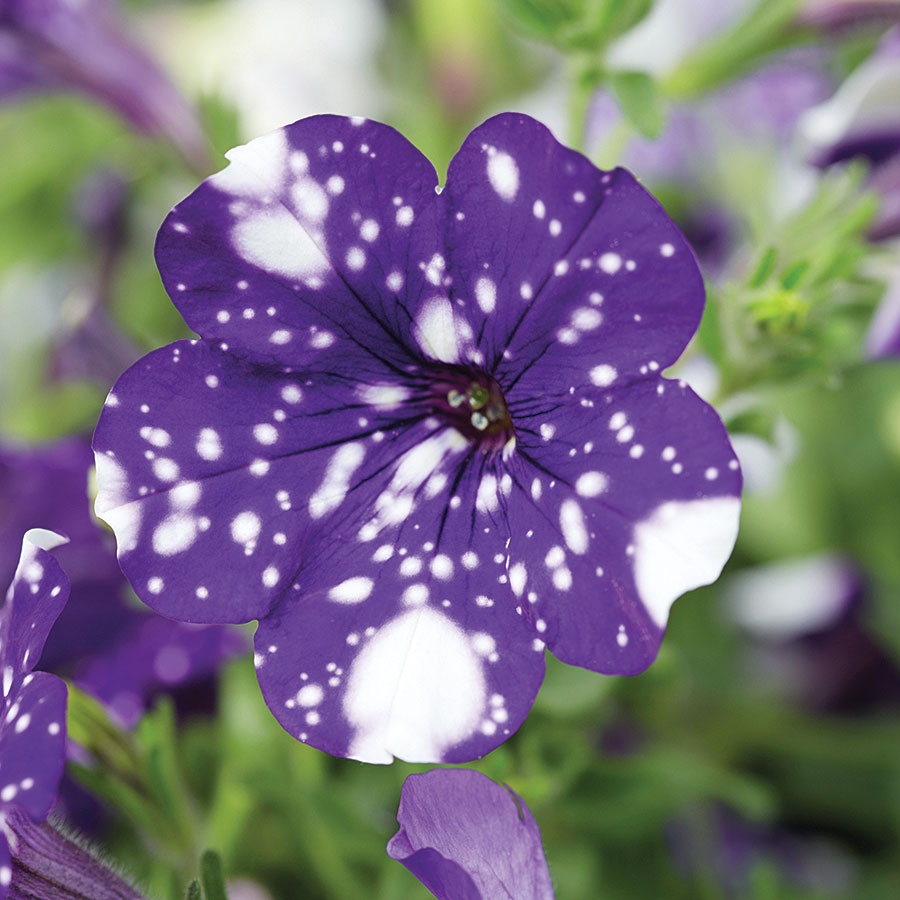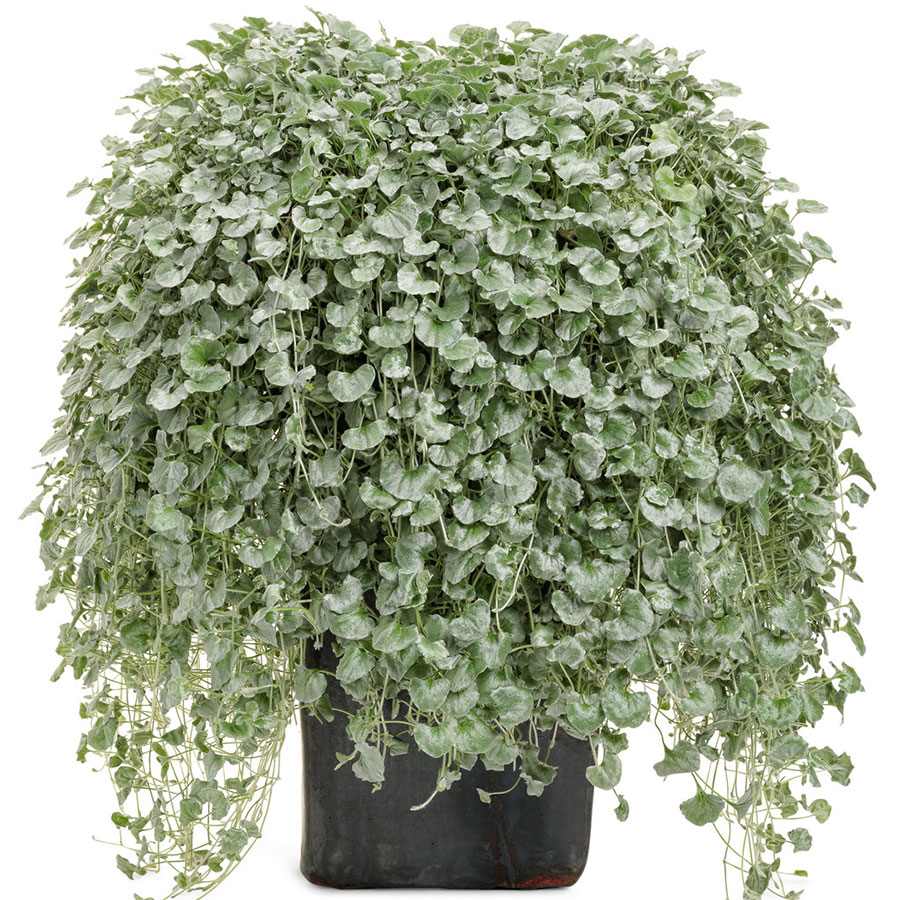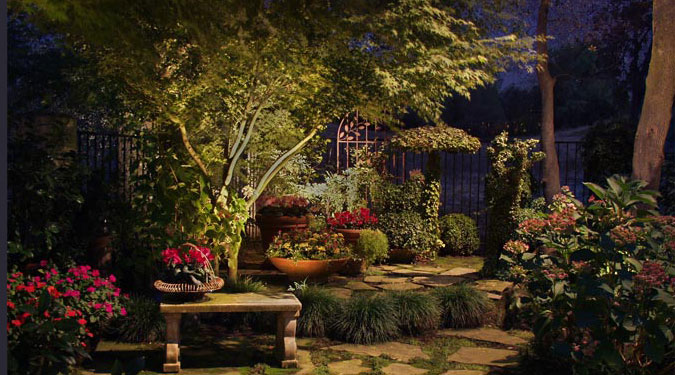Garden After Dark
As day wanes, tired gardeners reluctantly head indoors, anxious for the dawn so they can continue to indulge their passion. But stop. Stay in the garden for a while and savour the magic of the garden after dark. It may be bedtime for you, but it’s wake-up time for many creatures and plants.
Start by turning off the lights. Then listen to the music of the night: the sound of crickets rubbing their wings together, the mating calls of small tree frogs forcing air from their lungs into the vocal sacs beneath their chins, the rustlings and stirrings of mice and moles as they emerge to forage for food. If you live near the country, acute ears may hear the slight whooshing of wings from owls swooping down on unsuspecting prey. Owls’ great night vision is aided by spectacular hearing that can detect a mouse step from far above in the night sky.
Little brown bats come out to feed now, consuming up to one-third of their body weight in insects in just one half hour – that translates into 300 mosquitoes every 30 minutes. They have an acute sense of smell and can detect their own babies in a crowd from their specific scent.
If you’re lucky, you may see the luminous lamps of fireflies flitting though the dark in the garden. Dragonflies and damselflies take this time to change into adulthood, shedding pupal casings in the cool of the evening, away from the scorching sun that would damage tender emerging skin. They are lethargic now and the cover of the night protects them from the beady eyes of predators.
At dusk and again at dawn, deer and rabbits are on the move, visiting vulnerable gardens when you are sound asleep, following the raccoons who have popped by for a midnight snack at the garbage bin. Don’t be too angry with them. While raccoons can be a nuisance, they also eat all sorts of insects and even mice to add protein to their diet of berries, nuts and other small fruits.
Slug haters can use this time with a flashlight to hunt down and destroy the enemy who come out in the damp of night, protecting their vulnerable slimy skin.
At dusk, you may be visited by the fascinating, four-inch long hummingbird moth, which is the adult of the dreaded tomato hornworm. It generally feeds on the leaves of tomatoes and tobacco plants and sometimes on the fruit itself. The moth is spectacular and can easily be mistaken for a hummingbird flitting in and out of petunias and other nectar-rich flowers. If you are interested in which moths visit you at dusk, try shining a flashlight on a sheet of white paper to attract them.
There are a few plants that bloom at night, the most notable being the lovely night-blooming morning glory known as moonflower (Ipomoea alba), which produces large, four- to six-inch white or pale pink blossoms on a 15-foot twining vine. The lovely scented flowers emerge at dusk, lasting though the night until touched by the morning sun. Plant them in pots around your patio or deck.
Flowering tobacco or Nicotiana alata has small white tubular flowers that open at dusk and emit a strong jasmine-like scent. Four o’clocks (Mirabilis jalapa) open in late afternoon and, although perennial, are grown as annuals here. Night blooming jasmine (Cestrum nocturnum) is a shrubby plant that has a strong bubble gum scent. The flowers are small and tubular, not unlike nicotiana.
Many people plant white flowers to reflect moonlight, but don’t overlook blue which glows in the dark to the eyes of many night time pollinators.
The garden after dark is a wonderful, mysterious place filled with activity and secret sounds and scents. What a way for the passionate gardener to end the day – or, at dawn, to start it.
Plants to enhance the garden after dark
Scented and evening appearing flowers: Nicotiana alata or Nicotiana sylvestris both produce an abundance of night perfume. Moonflower (Ipomoea alba) is highly scented; angels’ trumpets (Brugmansia and Datura) have large trumpet-shaped flowers with a sweet and intoxicating scent.
Some whites naturally glow in the garden after dark including white lilies, petunias and pansies (both have a lovely evening scent); begonias, impatiens, and nierembergia. Scientists are experimenting now to create artificially bioluminescent orchids and roses.
More scent can be found in evening scented primrose; evening scented stocks (Matthiola bicornis) and some sweet peasemit a heavenly fragrance at dusk.
Any silver or grey foliage will reflect the low, limited-spectrum light of night. Try licorice plant, dusty miller, Plectranthus ‘Heigh-Ho Silver’, any of the silvery artemisias, lavender or Russia sage. The shimmering leaves of Dichondra ‘Silver Falls’ will setup a ghostly glow in the moonlight.
Plants with variegated foliage can also be very light reflective.

